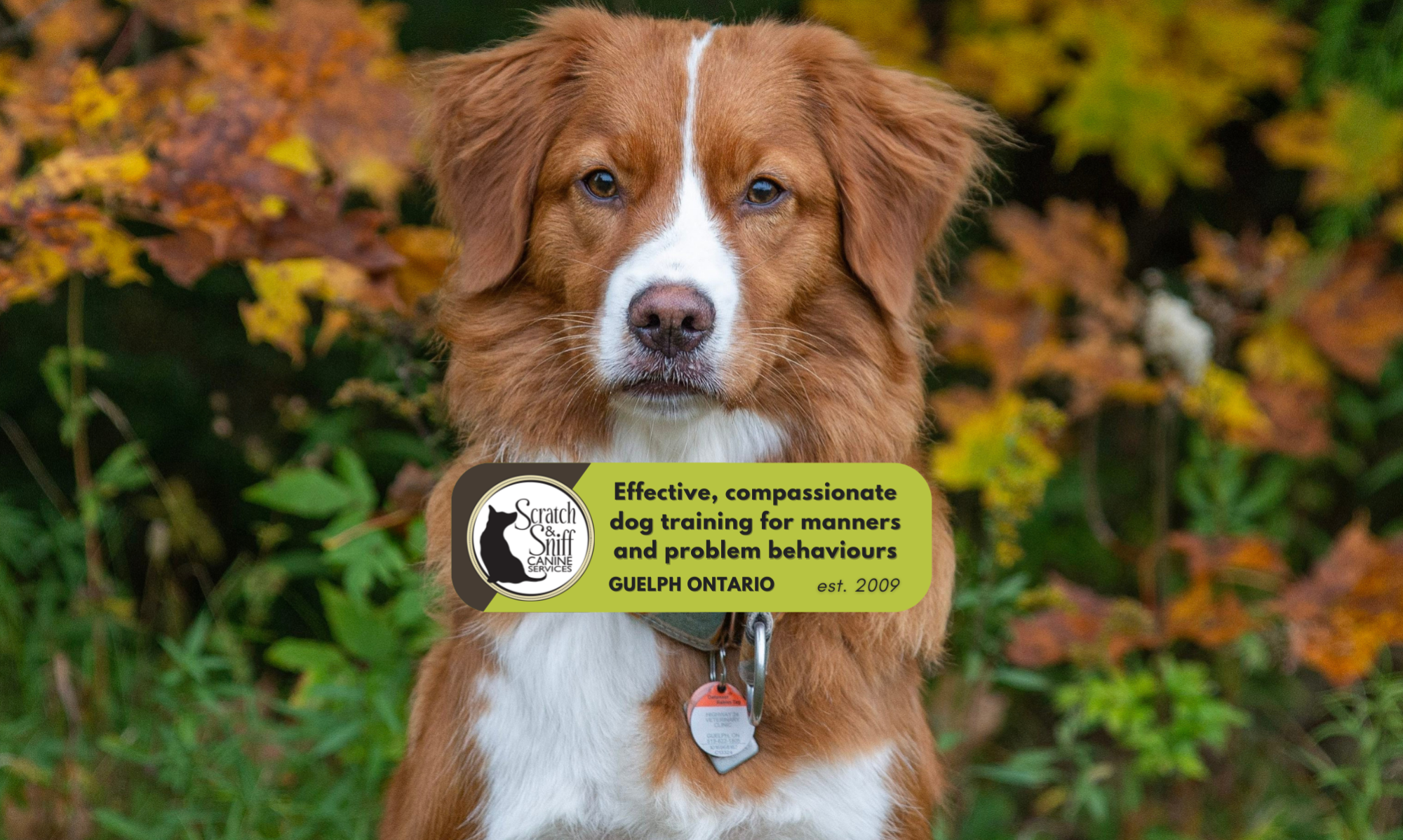Article as it appears in the March 2016 Speaking of Dogs Newsletter, “Ask the Trainer Column”
“Education is not the filling of a bucket but the lighting of a fire.”
Scenario A, Learner’s Perspective
You’re sitting in a high school math class, Introduction to Calculus. The teacher is facing the blackboard, a plethora of letters spouting from her lips as squiggles, stripes, and puzzle shapes sprawl across the board. She concludes triumphantly, “So you can obviously see the tangent line at (x, f(x)) – the derivative f(x) of a curve at a point is, of course, the slope of the line tangent to that curve at that point.”
You raise your hand and stumble through a question. The teacher snaps, “Have you not been listening to a word I’ve said? Differential calculus, the derivative is a linear operator!” She whacks the chalk into the blackboard hard enough to crumble the end to dust.
You nod, still not understanding. Is it too late to drop this class? Maybe you won’t follow your passion for science if this is what it’s going to be like.
Scenario A, Teacher’s Perspective
Your class is working on the simplest of concepts, and they aren’t even trying! You describe, demonstrate, use visuals, and yet there seems to be more apathy than passion in this classroom. You are beyond frustrated with these kids. Every time you make eye contact with a student, they look down at the doodles in their notebooks where equations should be. These students seem to get more obtuse each year. Maybe you should go back to work in the lab and forget about inspiring young minds.
Scenario B, Learner’s Perspective
Someone holds up a piece of candy for you, but every time you try to
take it, they snatch it away. As they offer it a second time, they move the candy down toward the floor and then horizontally away from you. You follow it by taking a step forward and reaching down, and they snatch it away and punctuate the movement with angry words. You give up, and they wave it in your face and give you a shove. Never mind the stupid candy, you’ve got to get away from this unpredictable person!
Scenario B, Teacher’s Perspective
This dog is so stubborn he won’t even lie down. Maybe he’s dominant and won’t go into a submissive position? He’s obviously disrespecting you when he tries to walk away in the middle of training. This stupid treat thing isn’t working; you’re just going to give a push on his shoulders. What a defiant dog.
…
From the perspective of the teachers in both scenarios, the learner was wrong. The student wasn’t trying hard enough, and they asked unintelligent questions and doodled instead of copying notes. The dog is stubborn because he walks after the lure instead of lying down and then disengages from the owner.
From the perspective of the student, the teacher moved along too quickly, building upon a shaky foundation of information that is barely understood. The dog is puzzled by the incomprehensible movement of the treat lure and the unpredictable behaviour of the owner.
Labelling the students “stupid and lazy” or the dog “defiant and stubborn” is a brick wall. With these assessments, both teaching and learning come to a screeching halt. Like the student in a high school calculus class, your dog is a captive learner. Their willingness to engage is shaped not only by the response to a correct answer, but also by the response to an incorrect answer. If the result of an incorrect answer shuts down the learner, the teacher has lost his influence. The student and dog become avoidant, offering only the most minimal engagement to avoid consequences for the wrong answer.
Teaching, no matter the species, is the art of understanding your subject matter from the perspective of the learner. As teachers, it is easy to get wrapped up in what you know and forget the process of how you came to know it. You just fall into using drills and tests as negative motivators rather than as a tool of assessment. That is, an assessment of the proficiency of the teacher, not the abilities of the learner.
Teaching/learning is a two-way street of communication. Rather than solely imparting knowledge on the learner, the teacher must also be empathetic and receptive to feedback from the student. This feedback is seen in the aptitude of the student. When failure is misunderstood as “poor learning” it suddenly becomes easy to blame the learner when learning doesn’t happen.
Don’t fall into this trap when your dog disconnects from you or when they are inconsistent or flat out wrong. Your training session is hijacked the moment you call your dog lazy, stupid, or stubborn. If you don’t like what you see, both the fault and the prospect of repair lie in your teaching. You simultaneously bear responsibility and enormous potential for change. Interpreting disengagement and wrong answers from your dog as a reflection of his lack of understanding or motivation puts control squarely in your court.
Change your teaching and you will change your dog’s learning
